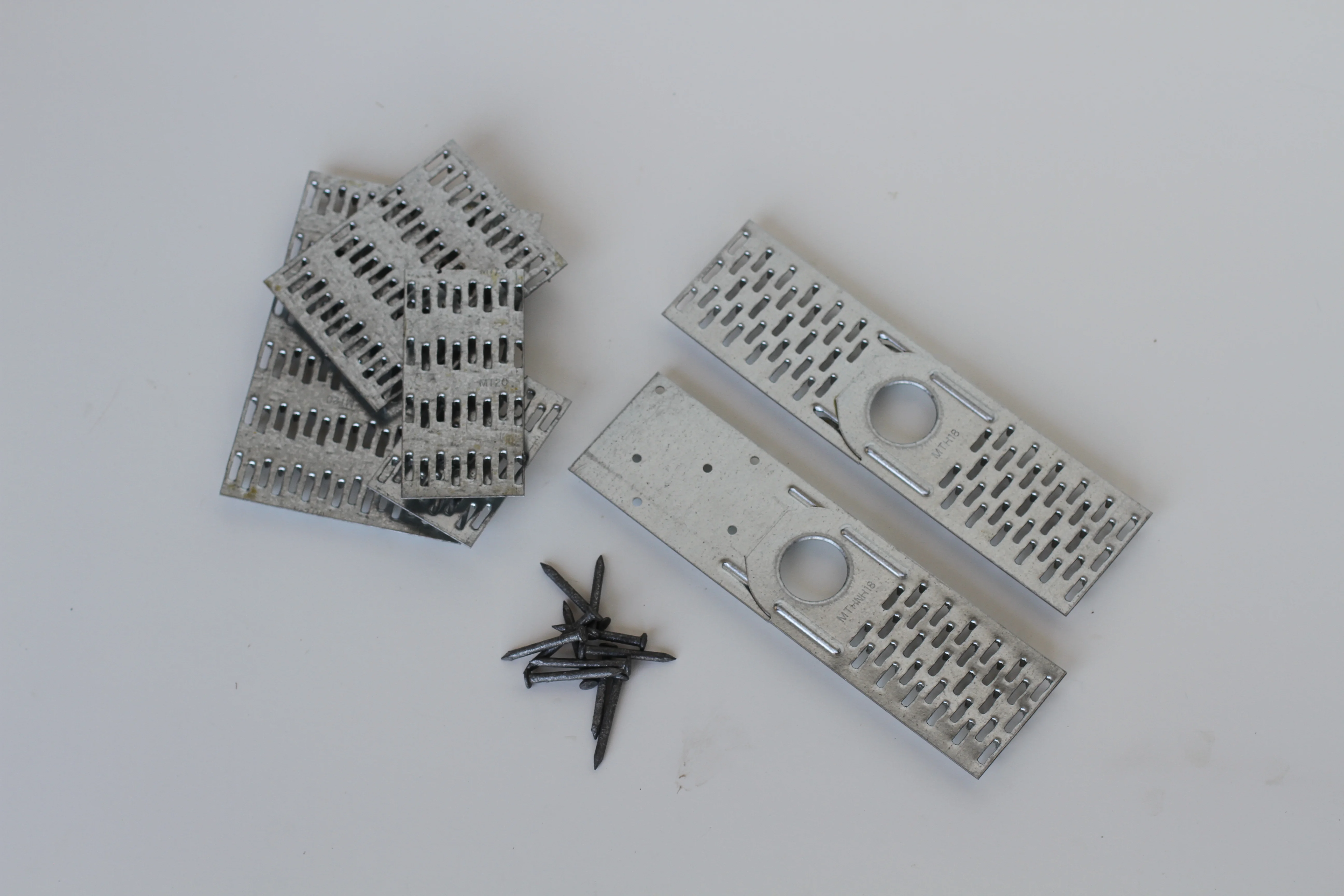The first part of this article borrows heavily from the excellent article “Reviewing Metal-Plate-Connected Wood Truss Submittal Packages” by William Bolduc, PE, SE that appeared in ICC eNews. The MiTek information is current through Version 7.2.4 released in May, 2010. Thanks to JM for asking the questions that led to this article.
The strength of trusses is affected significantly by the quality of:
· the position of the plate on the joint
· the embedment of the teeth into the wood
· the quality of the lumber at the contact area under the plate
TPI 1-2002 introduced a new factor and new quality control procedures to better account for real-world conditions and the likely possibility that the items mentioned above will affect the strength of trusses. TPI 1-2007 further clarifies and refines how to use the new factor and quality procedures. Under these codes, each truss manufacturer must now establish “fabrication tolerances” and have the truss design drawings engineered to match the fabrication tolerance used in the manufacturing of trusses.
TPI 1-2002 states that either the fabrication tolerance or the quality control factor (Cq) must be stated on each truss design drawing. TPI 1-2007 requires only the fabrication tolerance be stated on each truss design drawing.
What’s the “right” Fabrication Tolerance?
There is no single correct value. It depends on the quality control procedures used by the truss manufacturer. The fabrication tolerance may be any value from zero to 30 percent (or even higher.) What is important is that the fabrication tolerance shown on the truss design drawings matches (or exceeds) the fabrication tolerance used by the truss manufacturer for their quality control procedures. The third-party agency that audits the quality control procedures used in the truss plant must also agree that the quality procedure matches the fabrication tolerances shown on the truss design drawings.
Typically, truss manufacturers will use a higher tolerance for roof trusses than for floor trusses because of the greater geometric complexity of roof trusses and in recognition of the fact that the roof truss manufacturing process requires placement of the truss plate on the underside of the truss during fabrication. If the fabrication tolerance is less than 20 percent for roof trusses or 11 percent for floor trusses, the TPI 1-2002 (Section 3.2.4.2) requires that the fabricator provide to the approved inspection agency, or through other means, “justification” for the lower fabrication tolerance. ANSI/TPI 1-2007 does not have this requirement.
Fabrication Tolerance in MiTek Software
The TPI QC Fabrication Tolerance % (Fab Tol) in entered directly in the Plate Options section and will only affect plating if TPI 2002 or TPI 2007 are used. “Out of the box” this is set to “20.” To some extent Fab Tol replaces the Plating Tolerance (Plt Tol) setting, which has been around for a long time. Plt Tol, which is entered in 16ths of an inch, literally reduces the effective size of the plate in all directions for calculation purposes. So for example, if you have a Plt Tol of “100” (1”) and you have a 6x10 plate, the program would be use the 6x10 but calculating the plate as if it were a 4x8. Because they do different things, if Fab Tol and Plt Tol are both used, they are usually additive. Here are the square inches of plates I found on a common truss run with various settings. This should not be interpreted as being representative of the overall effect of these controls – just an example of the fact that they operate independently.
Plating Tolerance Fabrication Tolerance Square Inches Plate
0 0 248
4 0 264
0 20 280
4 20 284
The Incremental Decrease of Fabrication Tol % (Inc Dec) factor gives the program a better chance of plating all joints. Rather than “failing” a joint that cannot meet the desired Fab Tol, the program reduces the Fab Tol for that joint by the value specified in this control. If the program still cannot plate the joint, it reduces the value again by the same amount and so on until a plate works. The bigger the number the quicker the program will find a plate. The smaller the value, the slower the plating routine will run but with a better chance of allowing for some defects at the joint. If the Fab Tol is reduced by this method, a note will appear on the Engineering Drawing specifying the reduced Fabrication Tolerance for that joint. The TPI QC Plate Rotational Tolerance (degrees) of 10 degrees is specified in the TPI 2002 and 2007 codes and this is the program default. You can use a different value (than 10 degrees) based on your Quality Assurance program. The smaller this value, the smaller the plates, but for any value below 10 a note specifying the Rotational Tolerance will be shown on the Engineering Drawing. If the value is left at 10 degrees, no note is printed.






